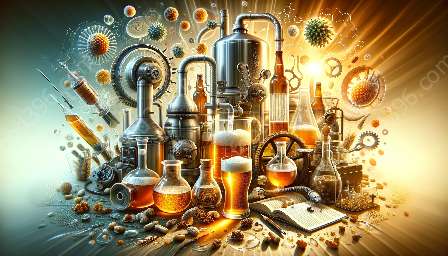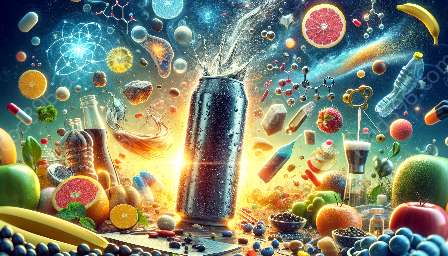Introduction to Beverage Safety and Sanitation
The Importance of Beverage Safety and Sanitation
Beverage safety and sanitation are critical components of the beverage industry, ensuring that beverages are safe for consumption and free from contaminants. Proper safety and sanitation practices not only protect consumers' health but also play a key role in maintaining the quality and integrity of beverages.
Hygiene Practices in Beverage Preparation and Service
Hygiene is paramount in the production and serving of beverages. This includes personal hygiene of staff, as well as the cleanliness of equipment, utensils, and facilities. Employees must adhere to strict hygiene protocols to prevent contamination.
Handwashing and Personal Hygiene
Proper handwashing is essential to prevent the spread of bacteria and viruses. Employees should wash their hands thoroughly and frequently, especially before handling beverages or food products.
Cleaning and Sanitizing Equipment
Regular cleaning and sanitizing of equipment such as blenders, coffee machines, and dispensers are crucial in preventing the growth of harmful bacteria and ensuring the quality and safety of beverages. Using approved sanitizers and following established cleaning schedules are essential.
Facility Sanitation
Facility sanitation involves maintaining a clean and hygienic environment in all areas where beverages are prepared, stored, and served. This includes regular cleaning of floors, surfaces, and storage areas to prevent cross-contamination.
Handling and Storage of Beverages
Proper handling and storage of beverages are essential to maintain their quality and safety. This encompasses various factors, including temperature control, packaging, and labeling.
Temperature Control
Temperature control is crucial in preventing the growth of microorganisms and ensuring the quality of beverages. Cold beverages must be stored at appropriate temperatures to prevent spoilage, while hot beverages need to be maintained at safe temperatures to prevent bacterial growth.
Packaging and Labeling
Appropriate packaging and accurate labeling are important for beverage safety. Packaging should be tamper-evident to prevent contamination, while clear and accurate labeling provides consumers with essential information about the product, including ingredients, allergens, and expiration dates.
Regulatory Compliance and Best Practices
Adhering to regulatory standards and best practices is fundamental for ensuring beverage safety and sanitation. This involves staying updated with health and safety regulations, as well as following industry-specific guidelines and standards.
Training and Education
Providing comprehensive training and continuous education for employees is essential to ensure compliance with safety and sanitation practices. This includes regular training sessions on hygiene, handling, and storage procedures, as well as updates on regulatory requirements.
Quality Control and Monitoring
Implementing quality control measures and ongoing monitoring of safety and sanitation practices are essential for identifying and rectifying any potential issues. Regular inspections and audits help ensure that all safety and sanitation protocols are being followed effectively.
Conclusion
Emphasizing beverage safety and sanitation is crucial for upholding the integrity of the beverage industry and safeguarding the health of consumers. By prioritizing hygiene, proper handling, and adherence to regulations, the industry can maintain high standards and trust among consumers.


















